- Your Local Fireplace, Wood Burning Stove and Gas Insert Center Sweeps to Installs and Regency Product Sales
Main menu
Frequently Asked Questions
What makes up a chimney?
For many people a chimney is the thing that they put wood in to have a fire. As chimney professionals we take for granted that terms that we use are often foreign to our customers. To better assist you with some of these terms here is a list of things that are in your chimney and pictures to help you associate with them.
Firebox: The firebox is the actual space that is loaded with wood, or in some cases an insert that burns either wood or is an actual gas insert.
Insert: An insert is what it sounds like, a metal box that has been put into the firebox. Most often this has been done to increase the amount of heat returned into the home, instead of being lost up the chimney.
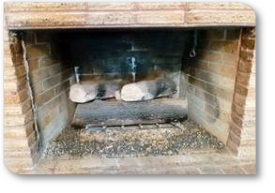
Kozy Heat/Wilkening: These are actual fireplaces that the chimney has been built around. They will have big heavy doors that lock once wood has been places in the firebox. They have a series of tubes above them to help radiate the heat back into the home. In some cases they have blowers that will push the heat back into the room.
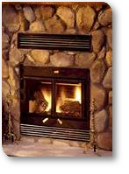
Smoke Shelf: Traditional fireplaces have a smoke shelf. The smoke shelf is the area that catches debris that may fall down the chimney. It is created by the back wall of the firebox slopping in. The back of the firebox does this to help radiate the heat of the fire back into the home, creating the smoke shelf.
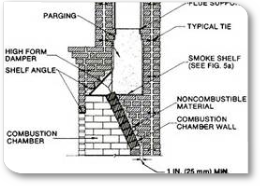
Damper: Even with the smoke shelf is the damper. This is the mechanism that you open and close to allow the smoke to go up into the chimney and out of your home. The damper is made of cast iron, and most often does not seal well causing cold down drafts in the winter and a smoke smell in the summer.
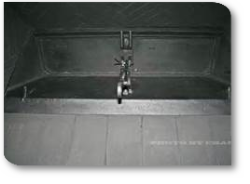
Smoke Chamber: In this area is where the smoke resides before entering the flue and exiting your chimney. If a good draft is not established then the smoke chamber will fill with the smoke of the fire. If draft is not established, the smoke can and does go back into the home.
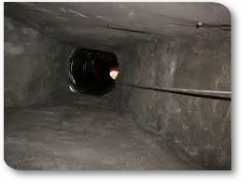
Flue: This is a set of tiles or stainless steel liner that takes the smoke up and out of the home. The most common flues are made of terracotta tile. The concerns with flue tiles are that they are susceptible to wear and tear, can crack when subjected to extreme temperature changes, or a chimney fire.
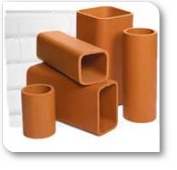
Prefab: A prefab fireplace is a fireplace that was made in a factory and installed in the home after the home was build or during original construction. Prefab fireplaces do not have a smoke shelf or smoke chamber. They do however have a damper. If this damper is to break, which is common, they cannot be replaced. The flue for a prefab fireplace is either double or triple walled, stainless steel. The down side to a prefab fireplace is that they are like an appliance. They have a usage life to them and do need to be replaced at some point.
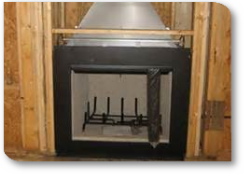
Exterior Chimney: This refers to the outside of the chimney. Most commonly made of brick, they can also be made of wood and sided if they are a prefab chimney. If you have a traditional brick chimney, there are some things to keep in mind. We live in a state with many seasons. Spring, fall, and especially winter can take a toll on brick. It is recommended that you have your chimney water-
How Often Should I Clean My Chimney?
The cleaning of your chimney is something that is supposed to be done annually, this is according to the National Fire Protection Agency and the National Chimney Sweep Guild. For many people, they don’t use their chimney often enough to feel that it is necessary. They only use their chimney for the holiday season or once a week during the winter. The fact is that using the fireplace leaves behind harmful deposits of creosote. The creosote is acidic and can break down the interior mortar in the chimney leading to potential hazards. Major creosote deposits can lead to chimney fires. In the summer, creosote in the chimney mixes with the humidity in the air and can leave your house smelling like a camp fire. It is our recommendation that you consider cleaning your chimney annually no matter how often you use it in the winter to avoid any of these issues or concerns.
When Should I Schedule A Cleaning?
You should get your chimney cleaned before you intend to use it, before you buy or sell a home, or after you have used it for the entire winter. If you only use your fireplace for the holidays it is best to have it cleaned before you start that first fire to ensure that nothing has decided to use the chimney as its home, this could cause a smoke back up into your home. If you used your chimney a lot over the winter it is best to schedule in the spring to get the creosote out so you don’t have any smell issues through the summer. If you are selling your home a clean and inspection is required with the sale of your home.
